Snuff Bottles of the Collection of Manfred Parth
Plates 1 to 24
Snuff bottles from more recent times, all made from between roughly 1950/1970 and recent years.
Plates 25 to 89
Older snuff bottles, all from the Qing Dynasty during the 18th and 19th centuries.
Plates 90 to 118
Inside-painted bottles or snuff bottles of another kind where the artist’s name is known.
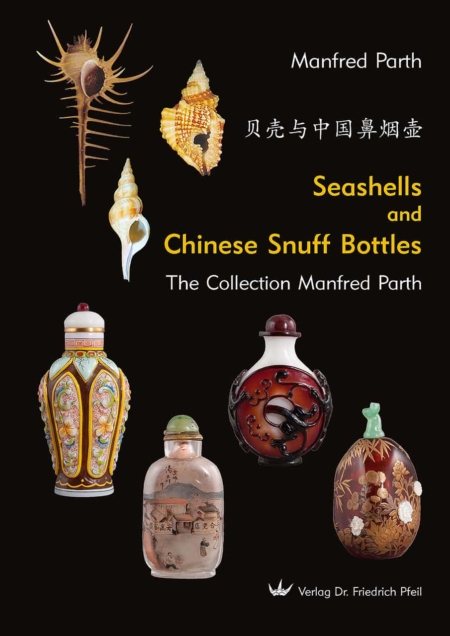
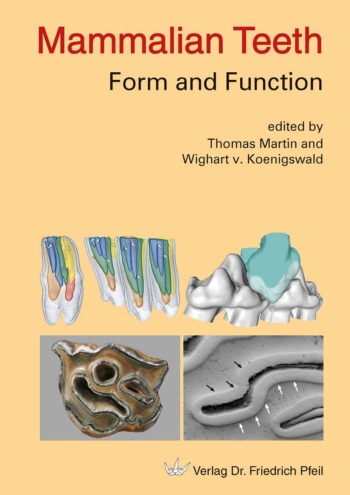
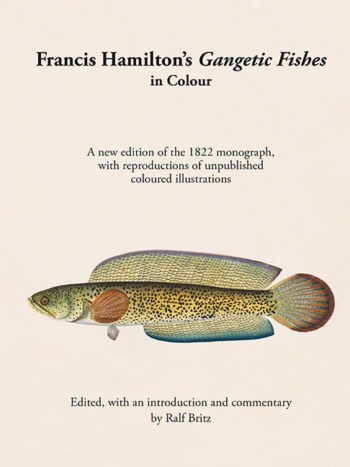
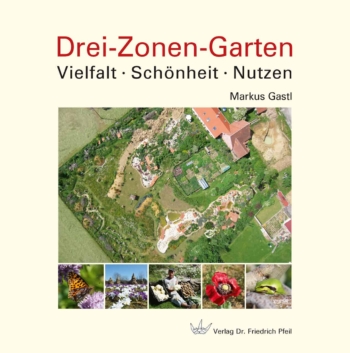
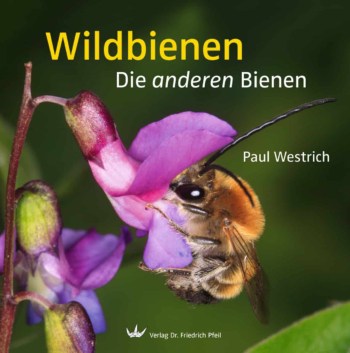
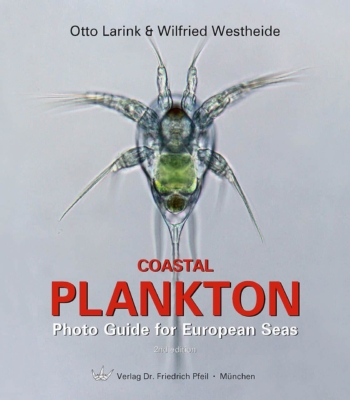
Reviews
There are no reviews yet.